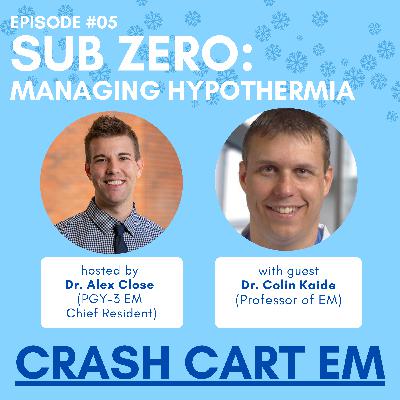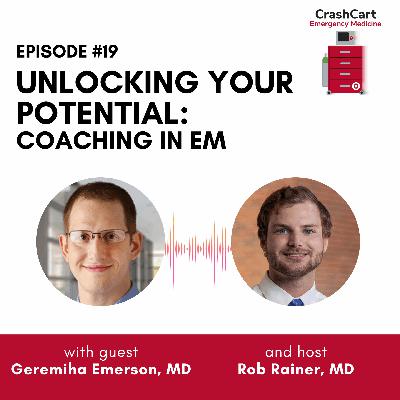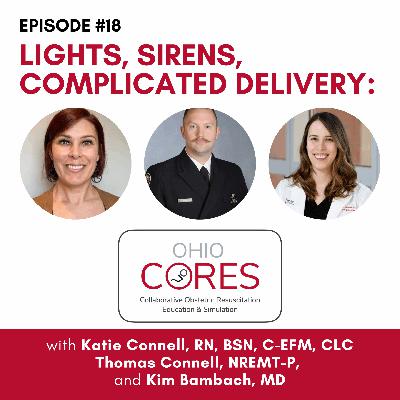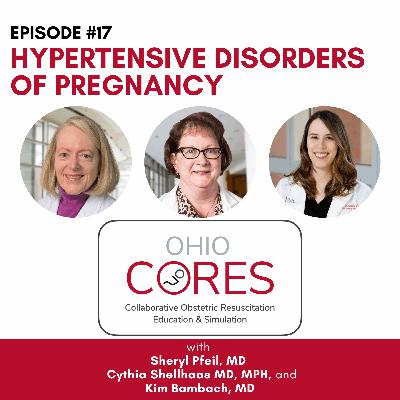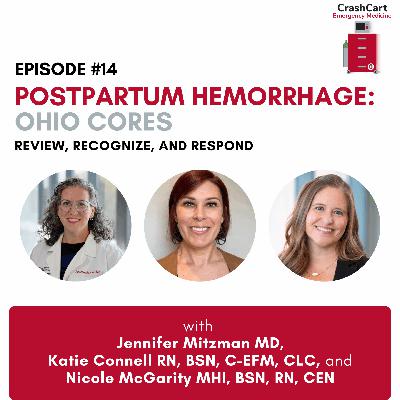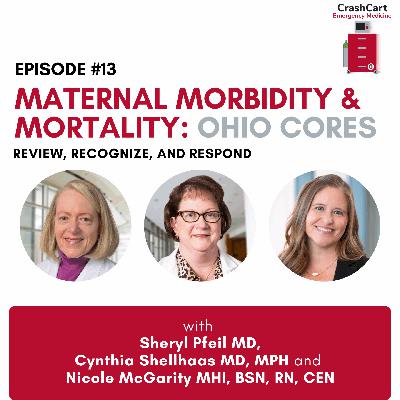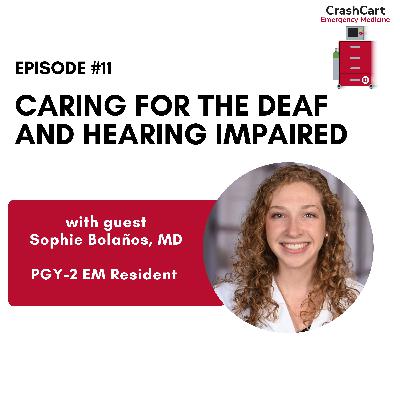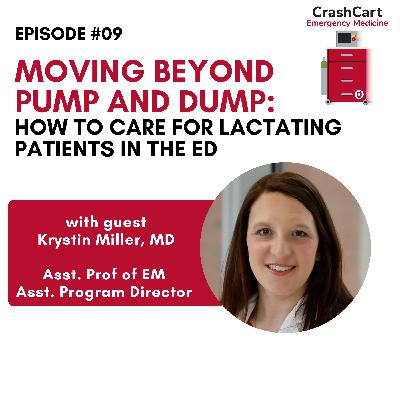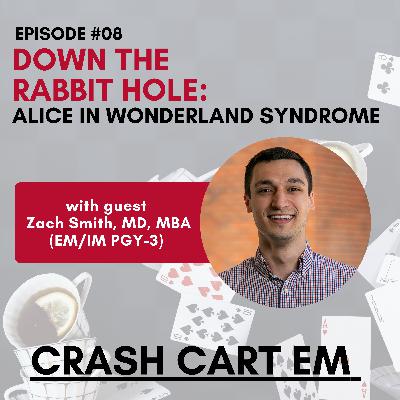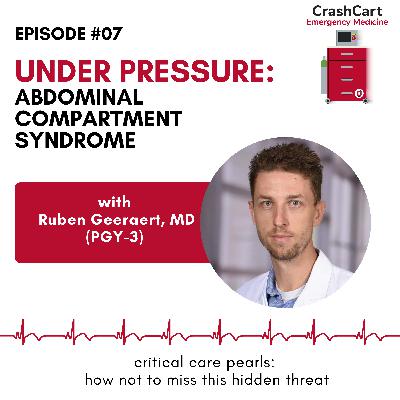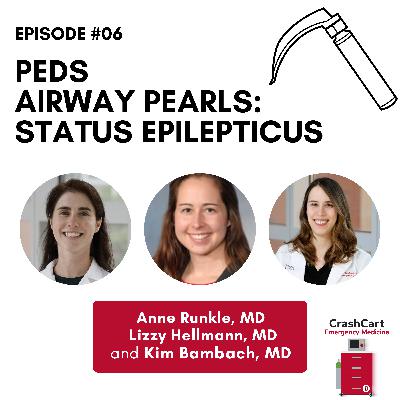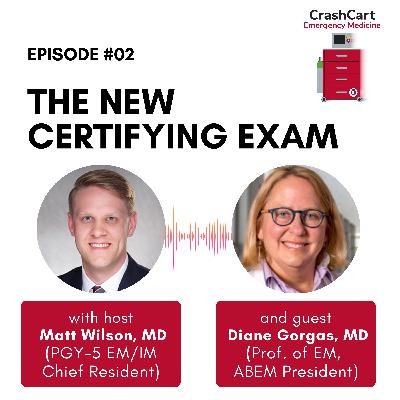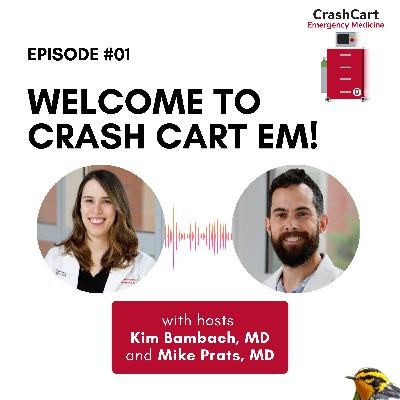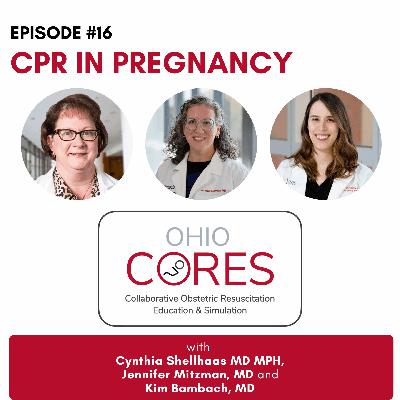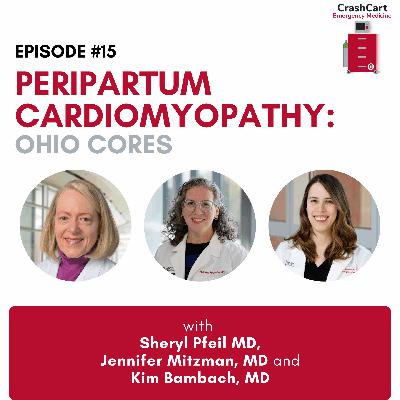Sub Zero: Managing Hypothermia
Update: 2024-09-12
Description
Hypothermia can be deadly and as the weather turns colder, we need to be ready to treat it. In this episode, Dr. Close (PGY-3 Chief Resident) and Dr. Kaide (Professor of EM) teach us how to manage the spectrum of hypothermia from mild cases to cardiac arrest.
Guest: Colin Kaide, MD. Host: Alex Close, MD. Editor: Kim Bambach, MD.
Key Take-Aways:
- Hypothermia= core body temp <95* F (35* C)
- Risk factors: environmental exposure (winter sports, lack of shelter), ethanol use, extremes of age, underlying illness with impaired thermoregulation (ex. sepsis)
- Hypothermia can progress to altered mental status/CNS depression and cardiac arrest due to arrhythmia
- Have a high index of suspicion for trauma, concomitant injuries (ex: SDH after fall and prolonged time down, C spine injury in the submerged patient)
- Loss of shivering is an ominous sign of moderate-severe hypothermia.
- For mild hypothermia rewarming may be passive external: warm environment, blankets. Remove any wet clothing. For moderate hypothermia: initiate active external measures like warm blankets/Bair hugger, warm IVF, heated humidified oxygen, targeted temperature management (ex. Zoll catheter). For the critically ill patient with severe hypothermia such as a post arrest patient: chest tube placement for thoracic lavage, consider ECMO. In a lower resource setting consider hemodialysis.
- In cardiac arrest the key to obtaining ROSC is high quality CPR and rewarming. Anti-arrhythmic medications have limited efficacy. Common arrhythmias are sinus bradycardia, atrial fibrillation with slow ventricular rate, VF, VT, systole. Look for Osbourne waves on EKG: a positive deflection at the J point in precordial and true limb leads.
- While it is true that hypothermia can slow metabolism CPR should not be terminated until the patient has a core temp of 90*F (>32 *C) “warm and dead”, there are some exceptions such as hyperkalemia >10-12 mmol/L, arrest occurred prior to insult, obvious signs of irreversible death/major trauma, patient is rigid to the extent compressions are not possible.
- Always make sure you have a documented core temperature for a patient who is altered or bradycardic- it just might be due to hypothermia!
- Editors note: It is also critical to obtain a finger stick glucose STAT- hypoglycemia and hypothermia frequently co-occur!
References:
- Brown DA. Hypothermia. In: Tintinalli JE, Ma O, Yealy DM, Meckler GD, Stapczynski J, Cline DM, Thomas SH. eds. Tintinalli’s Emergency Medicine: A Comprehensive Study Guide, 9e. McGraw-Hill Education; 2020. Accessed September 12, 2024. https://accessemergencymedicine-mhmedical-com.proxy.lib.ohio-state.edu/content.aspx?bookid=2353§ionid=220746470
- Kuhl E, Yamane D. . Accidental Hypothermia and Cardiac Arrest: Physiology, Protocol Deviations, and ECMO. ALiEM. December 12, 2018. Accessed September 12, 2024. https://www.aliem.com/accidental-hypothermia-cardiac-arrest-physiology-protocol-deviations-ecmo/
- Furgurson M. EM@3AM: Hypothermia. emDOCs.net – Emergency Medicine Education. December 19, 2020. Accessed September 12, 2024. https://www.emdocs.net/em3am-hypothermia-2/
- Hypothermia. Core EM. Accessed September 12, 2024. https://coreem.net/core/hypothermia/
- Hypothermia. EMCrit Project. Accessed September 12, 2024. https://emcrit.org/ibcc/hypothermia/
Comments
In Channel

